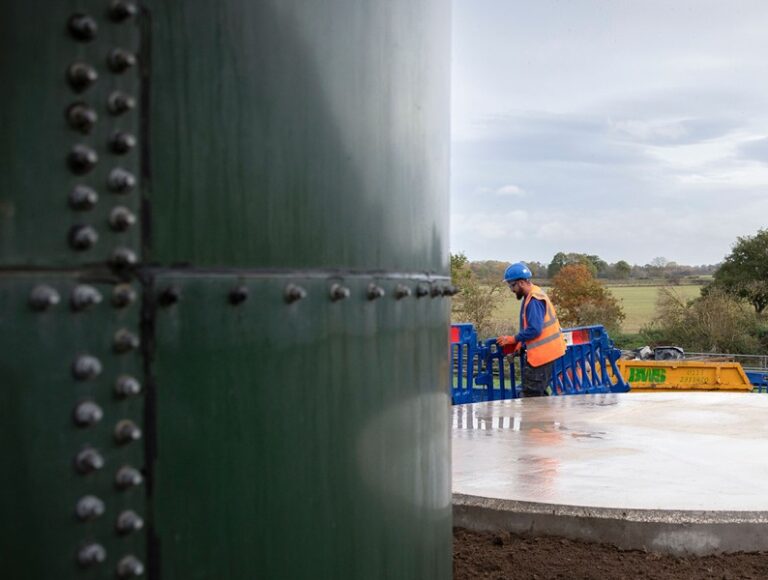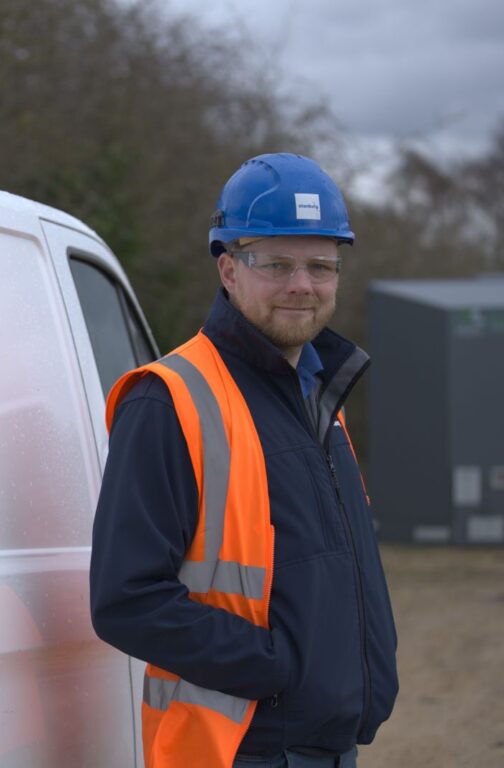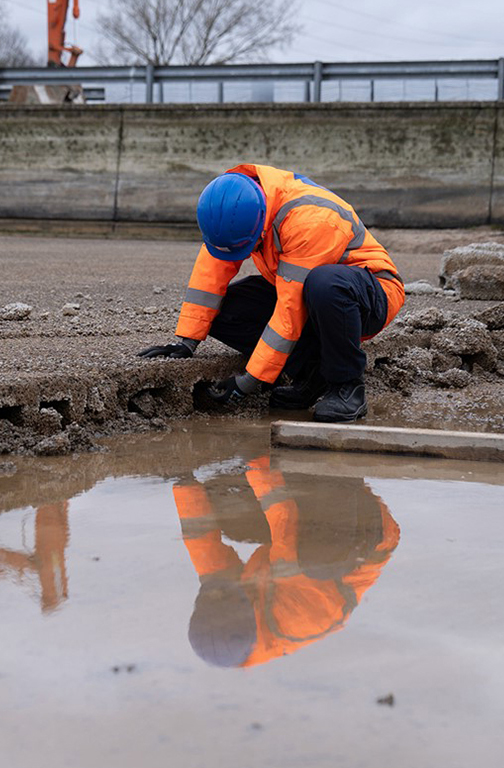As climate change and population growth intensifies pressure on the UK’s wastewater network, Stonbury assists stakeholders seeking to strengthen its capacity and reduce excess overflows.
Increased rainfall and population density is putting intense pressure on the UK’s sewerage network, leading to more frequent overspills – more than 400,000 in 2020 – into rivers and the ocean, which has severe consequences for public health and the environment. As a result, water companies have been facing scrutiny from the media and fines from regulators, prompting industry-wide action.
Water companies must consider several factors to achieve stringent targets set by regulators: expanding the capacity of the asset network; ensuring all wastewater is treated before discharge; and reducing the volume of water that enters the system in the first place. Stonbury is equipped to support clients across all aspects of this complex challenge through its specialised knowledge in the sustainable build, maintenance and refurbishment of wastewater assets.
Securing Existing Infrastructure
The first step towards increasing the resilience of the UK’s wastewater network is to ensure all existing assets within it are performing optimally. Stonbury assists clients in surveying, maintaining and refurbishing storage, process and treatment tanks, chemical storage bunds, and other critical infrastructure such as outfall pipework to prevent outages and extend asset longevity.
Stonbury is currently employed in a multi-site framework contract that is successfully reinstating derelict wastewater treatment assets that were previously believed to be entirely obsolete. The programme involves restoring various types of brick and concrete tanks including filter beds, primary tanks and humus tanks.
By maintaining and refurbishing existing assets, Stonbury’s schemes enable clients to improve the efficiency of their wastewater infrastructure quickly, cheaply, and with minimal environmental impact; achieving safe discharge whilst reducing their carbon footprint through extending asset lifespans in most cases by well over a decade.
Increasing Capacity
While overspill systems are vital to stop wastewater backing up into homes during periods of intense rainfall, the Environment Agency imposes strict limits on the amount of diluted raw sewage water companies are allowed to release into waterways. It is therefore imperative to build adequate capacity within the network to store and process wastewater.
Stonbury is currently assisting clients maximise storm water storage and expand treatment site capacity. Stonbury’s current multi-site storm tank programme is engaging the client from the survey and design stages through to construction and commissioning to increase storage capacity in order to comply with storm release permits.
Despite improvements in the efficacy of the current network, future pressure may still necessitate the construction of new treatment assets, in which case Stonbury’s broad civil and environmental engineering experience puts it in a position to design and build new ‘grey box’ wastewater infrastructure and alternative green engineering solutions.
Sustainable Engineering
Solving the wastewater problem through hard engineering alone would require constructing treatment plants three times their current size; a potentially impractical approach. Stonbury advocates incorporating green engineering in the wastewater treatment cycle, delivering constructed wetland programmes – including reedbeds – which provide effective tertiary stage sewage treatment whilst helping clients reduce CO2 emissions and achieve biodiversity net gain.
As a leading sustainable contractor, Stonbury understands that a whole-catchment approach is required to reduce the continued burden on the UK’s wastewater infrastructure. In addition to securing wastewater treatment assets, Stonbury works with the Environment Agency and Rivers Trusts to reduce the amount of floodwater entering towns and cities through river restoration projects that increase nature’s natural holding capacity.
Heavy rainfall and growing demand will continue to challenge the wastewater industry, and while investment in new-build water treatment assets is essential, maximising the sustainability of existing assets and exploiting green engineering on a larger scale will be crucial if the industry is to succeed in transforming the UK’s wastewater infrastructure. Stonbury is pleased to collaborate with clients as they seek sustainable methods to manage the wastewater problem.




